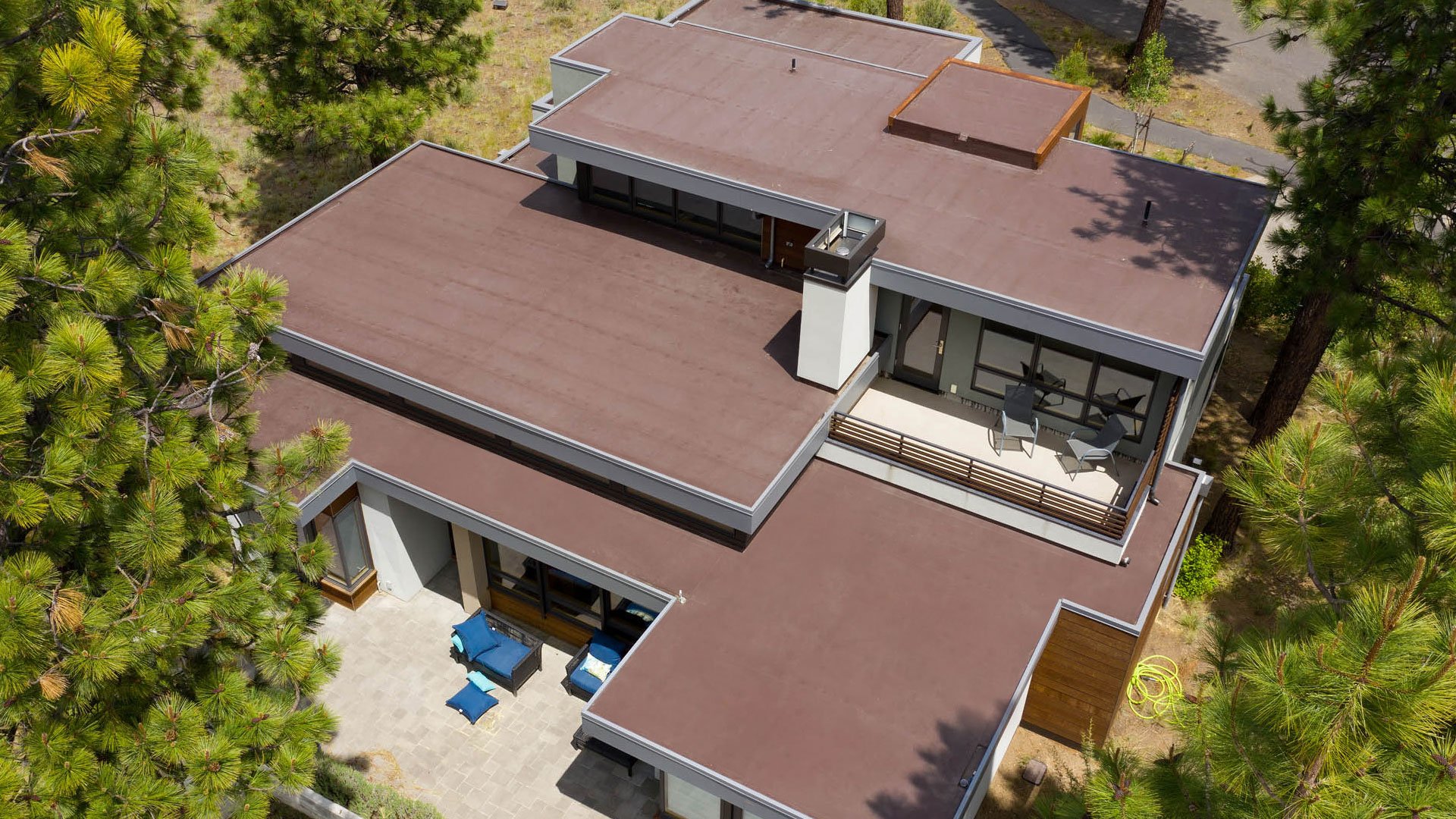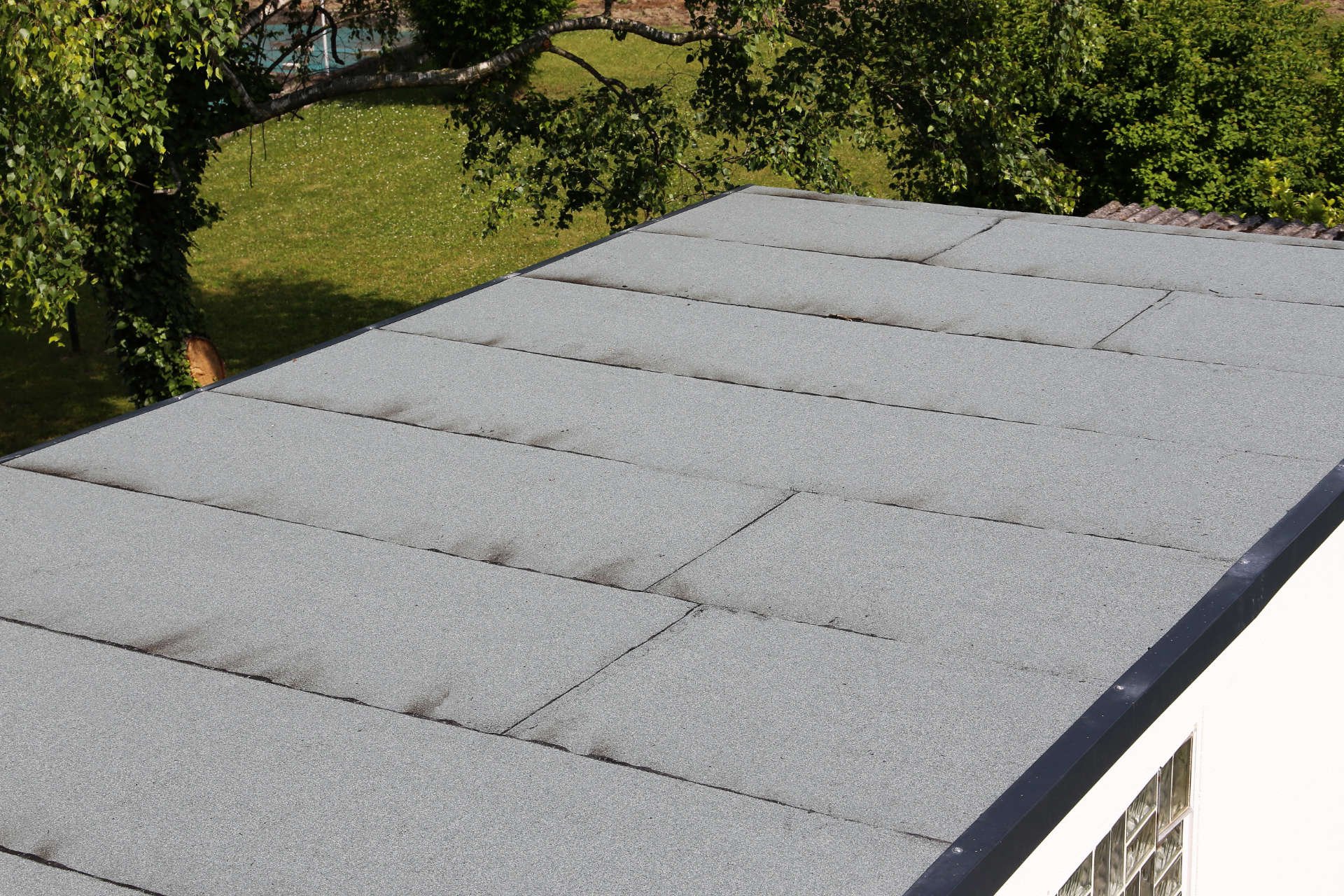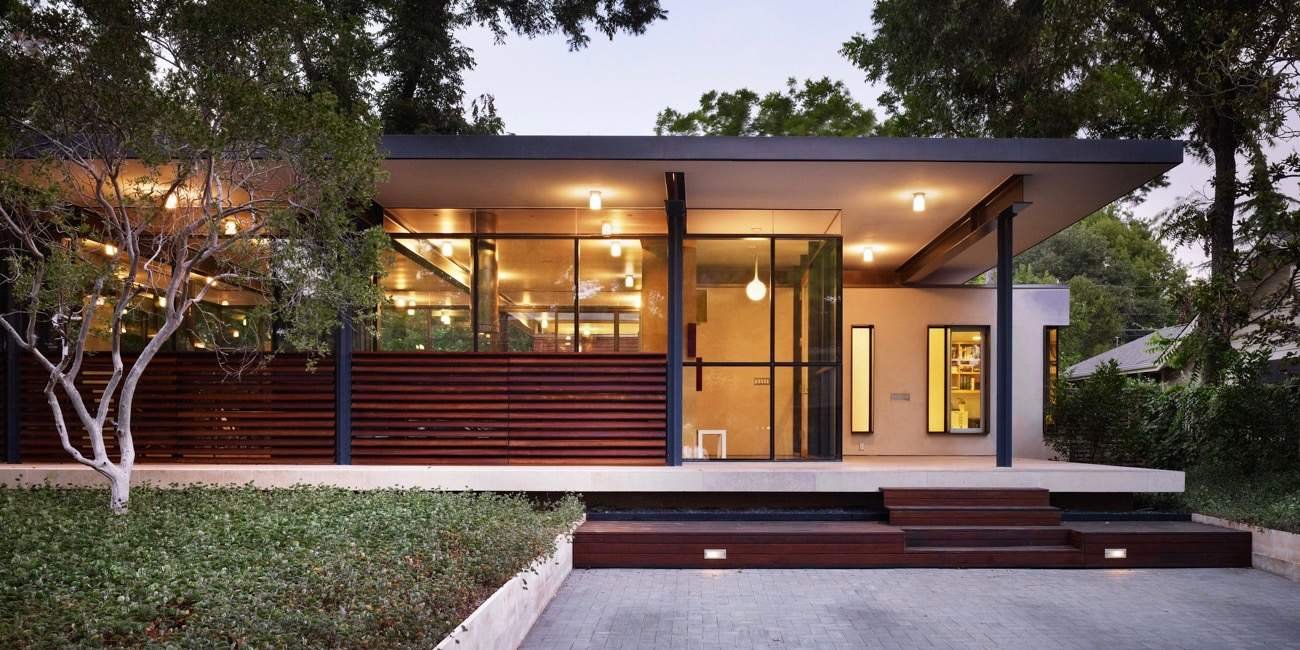
Revealing the Perks of Flat Roofing: Understanding When Replacement is Due
Flat roofing has gained popularity among homeowners and commercial property owners alike due to its modern aesthetic, practicality, and versatility. Here are benefits of flat roofing and discuss key indicators that signal when it's time to consider replacing your flat roof.
Modern Aesthetic Appeal: Flat roofs offer a sleek, contemporary appearance that complements modern architectural designs. Their clean lines and minimalistic style enhance the overall aesthetics of a building, making them a popular choice for residential and commercial properties alike.
Utilization of Space: Flat roofs provide additional usable space, allowing homeowners to create rooftop gardens, outdoor living areas, or even install solar panels. This utilization of space adds value to the property and enhances its functionality.
Easy Installation and Maintenance: Compared to pitched roofs, flat roofs are typically easier and quicker to install. Additionally, routine maintenance tasks such as cleaning gutters, inspecting for debris, and repairing minor damages are more accessible and cost-effective with flat roofs.
When It's Time to Replace Your Flat Roof:
Signs of Water Damage: Water pooling or ponding on the surface of a flat roof is a common issue that can lead to water infiltration and structural damage over time. If you notice signs of water damage, including stains on ceilings or walls, it's crucial to address the issue promptly to prevent further deterioration.
Membrane Deterioration: Flat roofs are typically covered with a membrane layer, such as EPDM, TPO, or built-up roofing materials. Over time, these membranes can deteriorate due to exposure to UV rays, extreme temperatures, or weathering. If you observe cracks, tears, or blistering on the membrane surface, it may indicate the need for replacement.
Leaks or Moisture Intrusion: Leaks or moisture intrusion in the interior of the building are clear indicators of flat roof failure. Whether caused by damaged membranes, deteriorated flashing, or improper installation, leaks should be addressed promptly to prevent structural damage and mold growth.
Visible Signs of Wear and Tear: Inspect your flat roof regularly for signs of wear and tear, including loose or missing flashing, deteriorated sealant, or damaged roof edges. These visible signs indicate that your flat roof may be nearing the end of its lifespan and require replacement to maintain structural integrity.
Age of the Roof: Like any roof, flat roofs have finite lifespans. Depending on the type of material used and the quality of installation, flat roofs last between 10 to 30 years. If your flat roof is approaching the end of its expected lifespan, it's essential to plan for replacement to avoid costly repairs and potential damage to the property.
Flat roofing offers a host of benefits, including modern aesthetics, space utilization, ease of installation and maintenance, energy efficiency, and cost-effectiveness. However, like any roofing system, flat roofs require regular inspection and maintenance to ensure they remain in optimal condition. By understanding the advantages of flat roofing and recognizing signs for replacement, property owners can make informed decisions to protect their investments and maintain the integrity of their buildings for years to come.
Let us assist you in fortifying your home or business with assurance.





